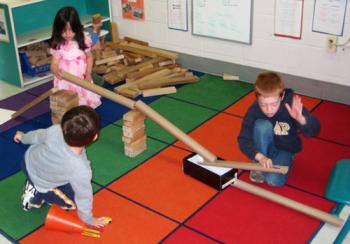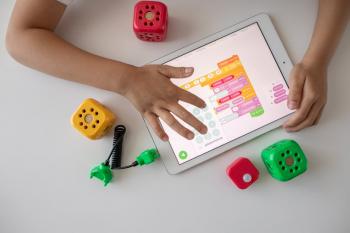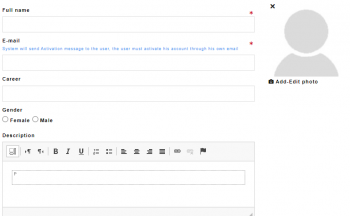Engaging STEM Activities for Kids: Simple and Fun Learning Ideas

Engaging STEM Activities for Kids: Simple and Fun Learning Ideas
What if learning science, technology, engineering, and math (STEM) could be as fun as playing a game? How can parents and educators introduce STEM concepts to children in an engaging way? STEM activities for kids are designed to make learning interactive, hands-on, and exciting. These activities not only spark curiosity but also develop critical thinking and problem-solving skills. In this article, we explore simple yet effective STEM projects that children can enjoy at home or in the classroom.
Why STEM Activities Matter for Kids
STEM education plays a crucial role in preparing children for the future. By integrating science, technology, engineering, and math into playful activities, kids develop a love for learning while building essential skills. Research shows that early exposure to STEM fosters creativity, logical reasoning, and perseverance. Moreover, these activities encourage teamwork and collaboration, making learning a social experience.
Real-world example: A child building a simple bridge with popsicle sticks learns basic engineering principles while experimenting with weight distribution and stability. This hands-on approach makes abstract concepts tangible.

Easy Science Experiments for Young Explorers
Science experiments don’t have to be complicated to be educational. Simple activities like creating a baking soda volcano or growing crystals can captivate young minds. These experiments teach kids about chemical reactions, natural processes, and the scientific method.
Activity idea: Fill a plastic bottle with vinegar and add a few drops of food coloring. Then, mix baking soda with a little water to form a paste. When the baking soda mixture is added to the vinegar, it creates a fizzy eruption—demonstrating an acid-base reaction in a fun, visual way.
Such experiments encourage children to ask questions, make predictions, and observe outcomes, laying the foundation for scientific thinking.

Technology-Based Learning with Coding Games
Introducing kids to technology doesn’t always require expensive gadgets. Simple coding games and unplugged activities can teach computational thinking without screens. For instance, using a grid and arrows to guide a "robot" (a family member or toy) through a maze helps children understand sequencing and problem-solving.
Practical application: Websites like Scratch Jr. offer drag-and-drop coding for young learners, allowing them to create interactive stories and games. These platforms make abstract coding concepts accessible and enjoyable.
By engaging in these activities, kids develop logical reasoning and creativity—skills that are valuable in our tech-driven world.

Engineering Challenges with Everyday Materials
Engineering projects teach kids how to design, build, and test their ideas. Using everyday materials like straws, rubber bands, and cardboard, children can construct anything from catapults to mini roller coasters.
Example project: Challenge kids to build a tower using only spaghetti and marshmallows. This activity teaches structural stability and teamwork as they experiment with different designs to make the tallest or strongest tower.
These projects emphasize trial and error, helping children understand that failure is a part of the learning process.

Math Made Fun with Games and Puzzles
Math can be intimidating for some children, but gamifying the subject makes it more approachable. Activities like measuring ingredients for a recipe, creating geometric art, or solving tangram puzzles integrate math into everyday fun.
Real-world connection: A scavenger hunt where kids measure objects around the house using rulers or non-standard units (like paper clips) turns measurement into an exciting adventure.
These activities reinforce mathematical concepts while keeping the experience lighthearted and engaging.

Integrating STEM into Daily Life
STEM learning doesn’t have to be confined to structured activities. Parents and educators can encourage curiosity by asking open-ended questions during daily routines. For example, while cooking, discuss how heat changes food or how measurements affect the final dish.
Practical tip: Gardening is another excellent way to explore biology and environmental science. Kids can observe plant growth, learn about ecosystems, and even experiment with different growing conditions.
By making STEM a natural part of life, children develop a lifelong love for learning and discovery.

In conclusion, STEM activities for kids don’t have to be complex or expensive. With simple materials and a bit of creativity, parents and educators can inspire the next generation of scientists, engineers, and innovators. Start with these ideas and watch young minds flourish!






